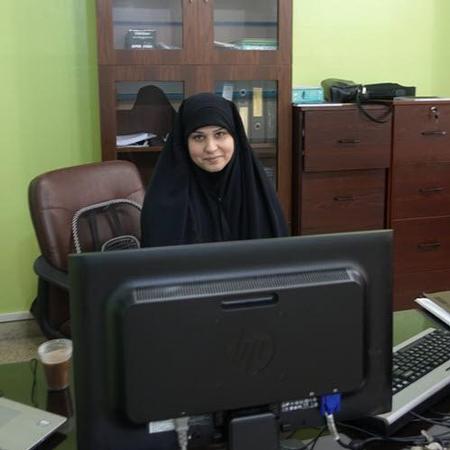Getting Syrian Students Back to School through Tech-Enabled Learning
24 Jul. 2018 | Comments (0)
The numbers are staggering: More than 65 million people around the world have been forcibly displaced. Only a small number of refugees—less than 1 percent of 17.5 million in 2016—will ever be resettled. In Syria alone, more than 5 million people have fled their war-torn country since 2011, 1 million of whom have settled in Lebanon. Nearly a quarter of those refugees are children not enrolled in school. Behind each of these numbers is a life that’s been put on pause.
These refugees are mechanics, software developers, doctors, administrative assistants, restaurant workers—skilled men and women who left their homes, income, culture, family and friends to seek safety and opportunity in a new country. Their children are young boys and girls living in strange new surroundings, longing for the normalcy of attending school.
The conflict in Syria is a global crisis that affects real people and, if left unresolved, will hinder sustainable development in the region and lead to “lost generations.”
Through an innovative partnership with the Clooney Foundation for Justice and UNICEF, HP is helping support the education of nearly 4,000 Syrian refugees and thousands of Lebanese students at nine schools in Lebanon. Using a second-shift model, Syrian children attend school in the afternoon, sharing the same facilities and educators as the Lebanese children who are engaged in morning learning. HP is providing the technology and training to support tech-enabled learning at these schools.
We know technology is a powerful tool in enabling and empowering refugees to build better, more prosperous lives, yet we also recognize that there is no one-size-fits-all solution for learning environments.
Last March, I visited the nine schools throughout Lebanon to talk with teachers and principals to better assess the unique technology needs of their schools. In some cases, there was no electricity at the school, or the school lacked funding to extend electricity to a second shift. The technology skills of the teachers crossed a broad spectrum, from little to no familiarity to those who are clamoring to incorporate tech-based learning in the classroom. My mission with the first trip was to listen and learn, so we could understand what technology would be most useful, how we could serve their unique needs, and how we could shape a teacher training program that would create sustainable impact in the classroom.
Our partners—which also include the Lebanese Ministry of Education and Higher Education, and the local communities throughout Lebanon—play a critical role in the success of this program. While we’re the technology experts, local residents know the needs and aspirations of their communities intimately, from local governments’ regulations to how to work with limited power resources. Together, we are working to build systemic solutions for these communities.
When I returned to Lebanon in May, I was able to see the sustainable impact of our partnership in action—here were empowered teachers, using technology to bridge gaps of knowledge and support their students to build bright futures.
I walked into one classroom and saw rows of students, boys and girls huddled around laptops, learning about freshwater animals. In another class, the students were using their computers to draw, a lesson fueled by creativity. The teacher moved from desk to desk, helping the students to navigate the new technology. The moment was incredibly profound—and I knew this was just the beginning.
I’m proud to work at a company committed to supporting refugees. But as I think about what this means, it’s less about staggering numbers and more about the fact that these are people—individuals with talents, passion and dreams. By connecting people with technology and tools to learn wherever they are, we can remove obstacles and open new pathways to opportunities that will benefit real lives today and for all the generations that follow.

Lebanese computer teacher, Amal, at a public school in Beirut. A combination of YouTube and self-instruction led to her being the school’s only computer expert. She’s now using technology to spark innovation and learning for her Lebanese and Syrian refugee students alike.
-
About the Author:Michele Malejki
Michele Malejki is the Global Head of Strategic Programs for Sustainability and Social Innovation at HP Inc. In this role, Michele drives strategy related to the company’s global social impact i…




0 Comment Comment Policy